I knew what to expect from a tour of a gold mine in northern Idaho, at least I thought I knew what to expect. Having taken a tour of a gold mine before, I was sure that I would see the typical underground machinery and techniques. As soon as we stepped inside the chilly tunnel of the Crystal Gold Mine, it was obvious that the mine was anything but typical. Plenty of silver and gold mines, including many active mines, run through this area of Northern Idaho, but Crystal Gold Mine stands alone as a time capsule of the heyday of gold mining in the 1880’s. It is the only one of its kind in the area and is steeped in history and shrouded in mystery.
~Looking closer at the silver veins that run through the mine.~
Crystal Gold Mine was the first hard rock mine to be explored in the Silver Valley. Exploration in the mine began with a small group of miners who arrived before the silver rush brought the first permanent settlers to the area. The mine was worked by hand in dim candlelight from 1870-1881 when it was mysteriously closed. The miners, whose identity is much speculated by historians, certainly intended to return to the mine. Their equipment, advanced and expensive for the 1880s, was left behind, as was a considerable amount of gold. It is possible that the miners knew they had struck it rich and were planned to return as permanent settlers with their families. It is also speculated that there was some type of conspiracy to hoard the riches that included cutting out partners with foul play.
Whatever the reason, the opening to the mine was hidden so completely that it was completely forgotten until it was rediscovered in 1991. When the mouth to the shaft was reopened, a snapshot of mining history, including materials, equipment, and other elements of history were revealed inside. In 1996, the mine was secured as an educational facility, offering tours to school groups and visitors.
~Our guide demonstrates 1880s mining techniques~
Our one hour tour was conducted by Ray, a former miner whose knowledge and passion for mining history was obvious. Inside the mine, our guide showed us the quartz vein that the miners would have followed searching for gold and demonstrated the 1880s methods of testing the vein for gold. Along with seeing mine carts and panning materials from the 1880s, we learned about the techniques used to mine by hand during that time period. There were a few unexpected treats along the way, including several examples of Smithsonite. Smithsonite is a beautiful, but worthless mineral named for James Smithson of the Smithsonian Institute. Smithsonite is unique in both its luster, which is much like melting candle wax, and its color which is variable based on the minerals which surround the specimen. Pure silver veins also ran through the mine, although at the time the expense of removing the silver was too great, so it was ignored in favor of the gold.
Much like the known history of the Crystal Gold Mine, the shaft comes to an abrupt end. Our guide explained that the miners found a particularly promising vein of quartz. In probable preparation for return, the miners built a wooden ladder underneath a slip of rock. Although well over 100 years old, the ladder has been preserved in the chilly water where giant fish swim in and out of the perfect preserved wood. A hand pump for water-a particularly expensive tool- and the remains of a bucket are left here as a reminder of the unfinished and profitable business that the miners anticipated when they sealed the opening. Their great loss is a gain for the rest of us in a tour in the history of mining.
~Crystal Gold Mines provided complimentary tickets for our visit to the mine. They did not require that I express a particular viewpoint and all opinions are my own.~
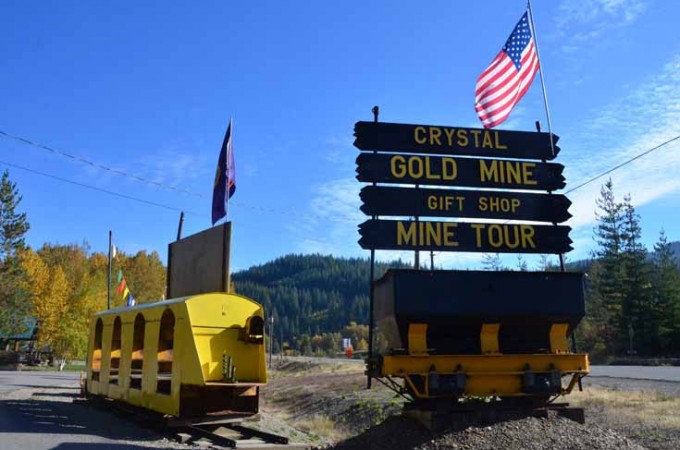
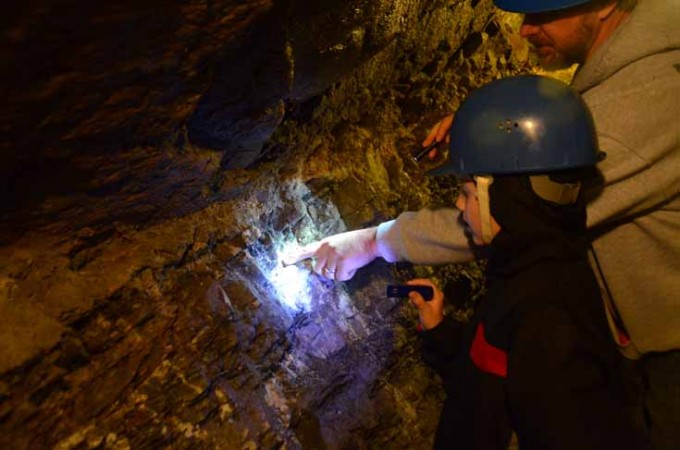
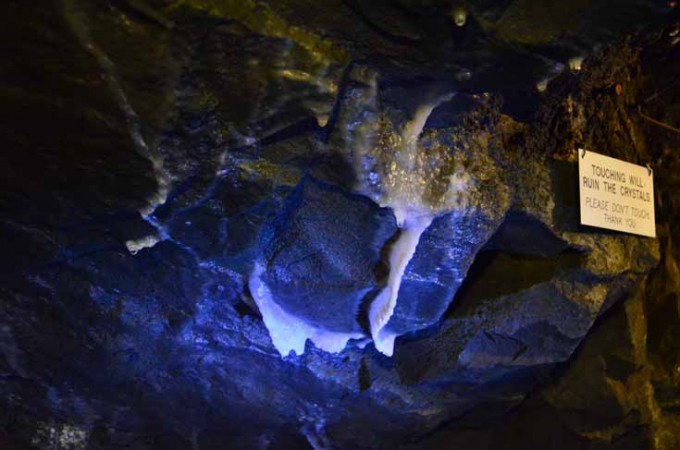
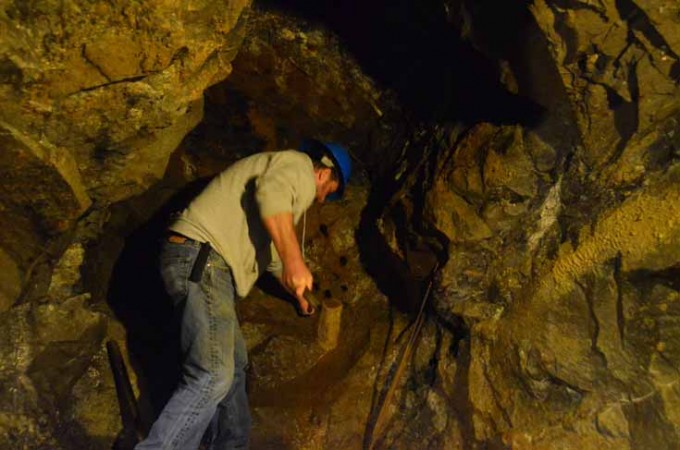
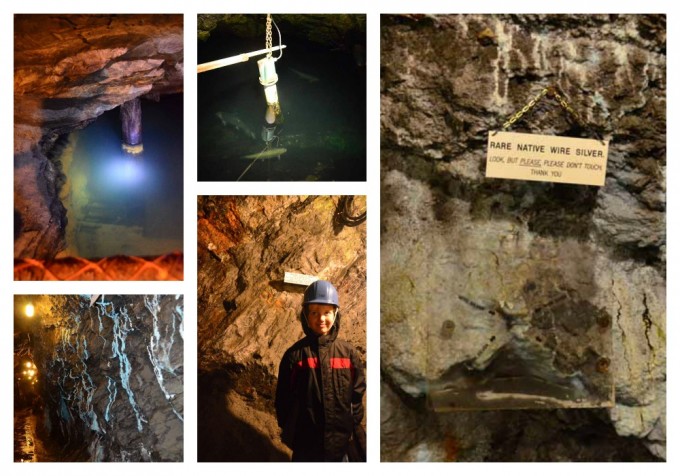
You may enjoy visiting the Soudan underground iron mine in northern Minnesota sometime, a historic mine with a surprise particle physics lab attached.
Michael Orobona recently posted…Pictures of the Moment – 2012 Mexico Field Work